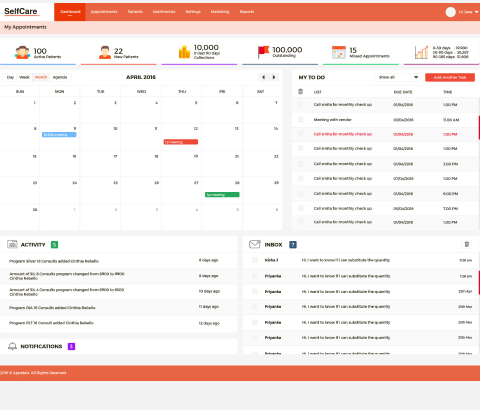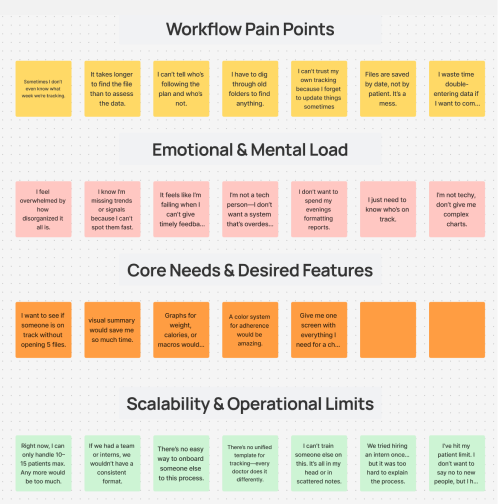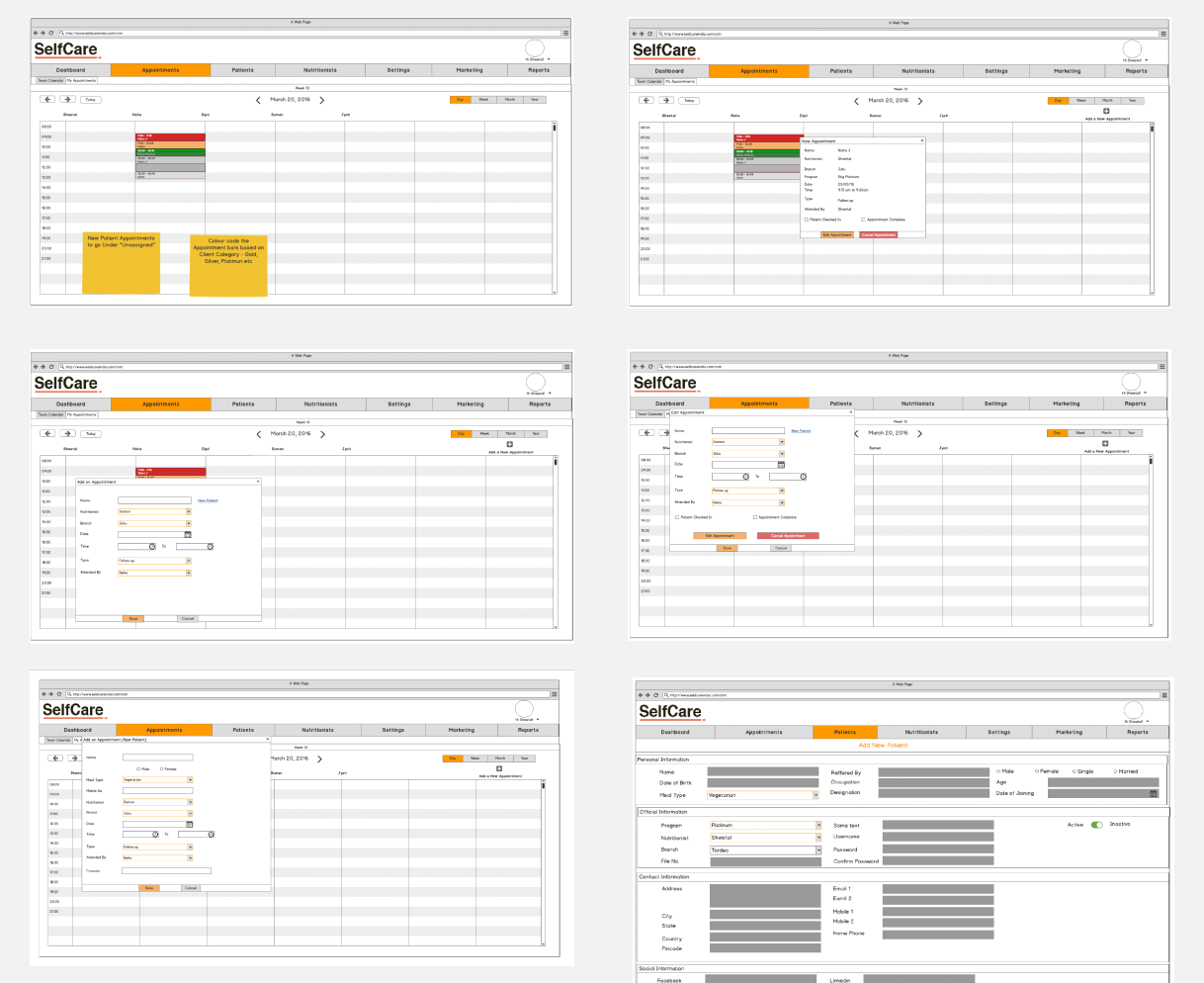
Selfcare | UX Strategy | Dashboard Design | Brand Identity
When I joined the Selfcare project, their team of doctors was manually managing patient health and food intake using document folders, printed charts, and scattered spreadsheets. It wasn’t just old-school, it was actively holding them back. Data was fragmented, insights were missed, and scalability was impossible.
My goal was to design a system that worked the way doctors think: simple, structured, and instantly insightful. This meant not only designing a clean and functional dashboard, but also building a full brand identity and scalable design system from scratch.
The result? A powerful-yet-lightweight platform that doctors could rely on daily without a learning curve or a mess of files.
UX/UI Designer | Brand Strategist | System Thinker

User research, analog process audits, system architecture
We started with a question:
“What’s actually slowing doctors down?”
I spent the first week deep in their world:
Top insights:
Armed with this, I mapped the product strategy around clarity, consistency, and zero-friction workflows.

A clean, structured, insight-driven dashboard experience
Here’s what I designed:
Patient Overview Panel
At-a-glance data including:
Daily Intake Tracker
Analytics & Progress
Brand Identity & UI Kit
Since Selfcare had no existing branding, I created:
Research Methods:
Selfcare transitioned from messy folders to a sleek, scalable platform designed for the real-world demands of nutrition-based healthcare.